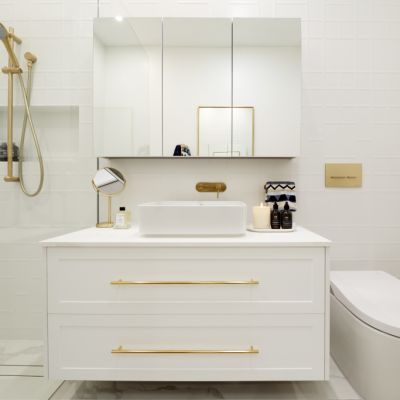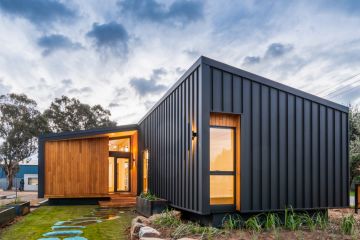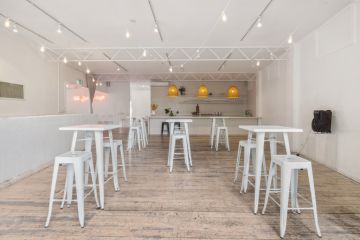The Block 2019: Does an extra bedroom really add value to a property?
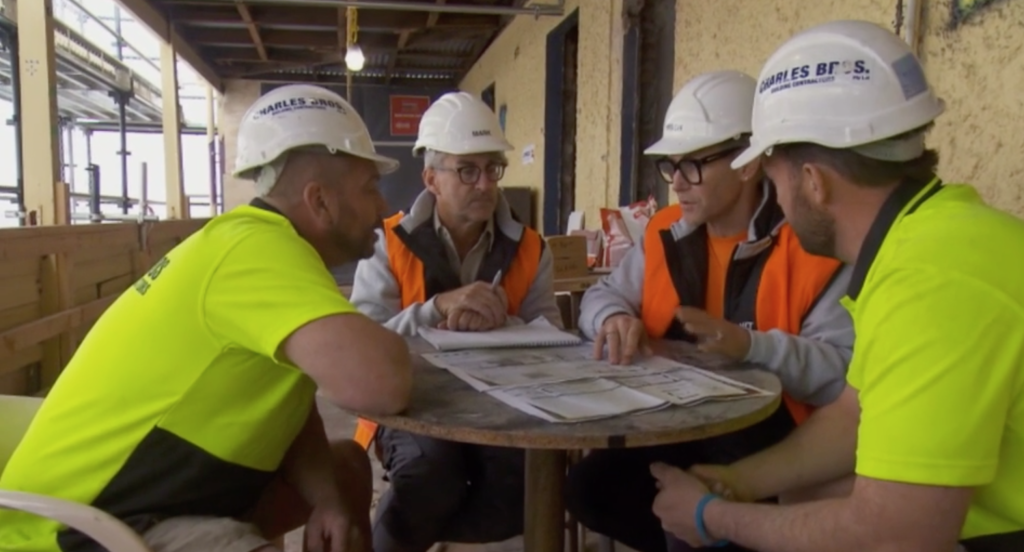
An extra bedroom can add value to a property, and it can be a cost-effective renovation if the home’s existing footprint can be maintained.
Each apartment on The Block 2019 features a formal living room in addition to a larger open-plan living area. These expansive high-end properties are targeted at wealthy target buyers, who may expect additional living areas in a home of that size.
In fact, contestants Mitch and Mark have actually turned their main bedroom into an entertaining area, meaning their home will have one less bedroom than the other contestants’ terraces. It’s a move they think their target buyers will want, and they hope it will win them the series, but others believe it’s a mistake.
For real-life renovators pressed for space, making the right decisions to generate maximum equity and add value to a home requires research into future buyer demographics in each area.
One of the simplest and most cost-effective ways to increase the number of bedrooms so is by converting an existing formal living room.
In some circumstances, ditching a formal living room in favour of a bedroom can be a wise move, while in other cases the opposite may be true.
What will it cost?
Builder and BL Build director Brendan Smoulders said converting a formal living room into a bedroom usually won’t break the bank.
While the cost will depend on the size of the space and the level of fit-out, it may be as simple as erecting a simple stud wall, installing a new door and matching skirting and architraves.
“You’re probably looking at around $2000 plus GST to turn a four-metre-wide formal living into a bedroom,” he said.
“There are limitations to making a change like this,” he added. “Does the existing room have a window? What are the setbacks from the neighbouring property? And what are the local council’s requirements if you need to add a new window? Do the research before making the decision.”
Will it add value?
Generally speaking, more bedrooms translates to a higher sale price. However, property valuer Paul De Gilio, from Melbourne Property Valuers, says it’s not that simple. It all comes down to the liveability of the home and the functionality of the layout.
“As a rule of thumb a three-bedroom home would usually have one living area and a four-bedroom home would ideally have two living areas,” he said.
De Gilio suggests thoroughly researching the market value of similar properties before renovating.
“When valuing a home against another it is important to look at the amenities that each home offers to ensure that the homes are comparable,” he said.
Consider factors such as on-site parking, the number of bathrooms, whether the laundry is its own room or incorporated within the bathroom, presentation, and the size of the block.
It’s also important to look at a large sample of properties, and take into account market conditions at the time of sale, as the number of bedrooms may not be the only factor at play.
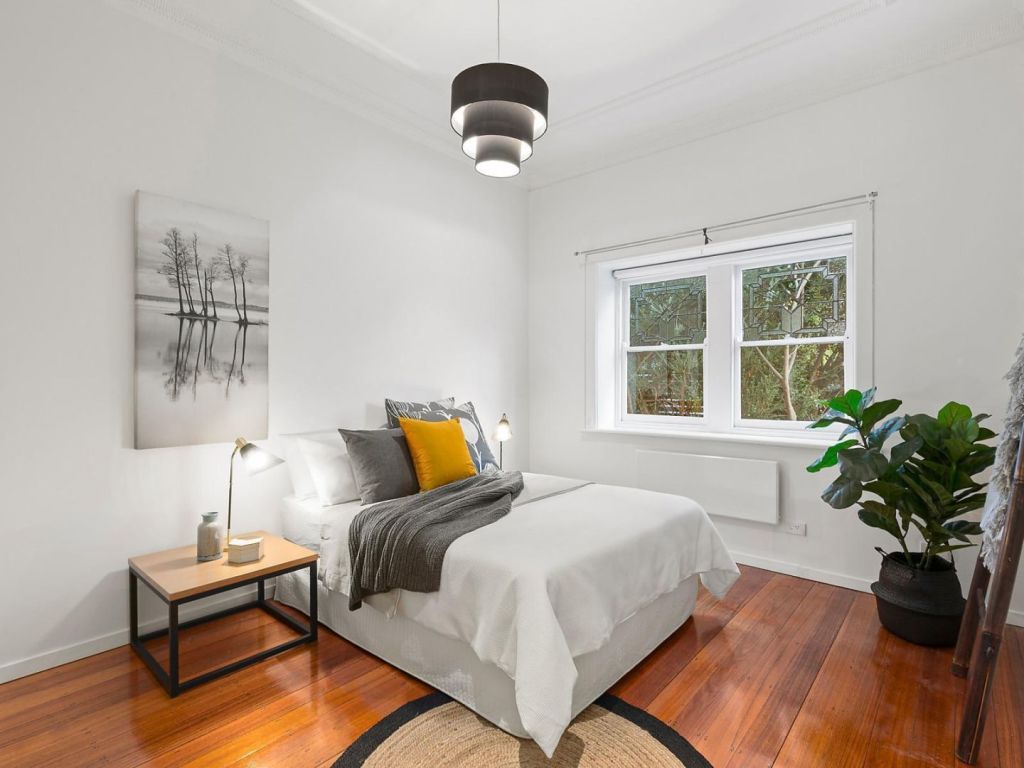
No more than 700 metres from the Oslo’s Grey Street location, a two-bedroom home on Vale Street sold for $1.13 million in September 2018. But just six months later a three-bedroom home around the corner on Greeves Street, St Kilda sold for $1.035 million.
Both homes were renovated to a similar standard and had rear courtyards and open plan living areas. Yet despite the Vale Street property having one less bedroom, it sold for $95,000 more than the Greeves Street home. Timing would likely be a major factor, with market market likely behind the price difference.
When renovating to add value, it’s a good idea to talk to local real estate agents beforehand to understand whether the changes will have the desired effect.
Will the rental return be higher?
While the demographics of the area will affect the rental return, an investment with more bedrooms is likely to generate a higher rental income.
De Gilio said rental properties still need appropriate living areas for the total number of bedrooms. “The home still needs to be liveable for the tenants,” he said.
We recommend
We thought you might like
States
Capital Cities
Capital Cities - Rentals
Popular Areas
Allhomes
More


